History GK From IAS Exam 1996:
1. In medieval India, the Mansabdari system was introduced for
(A) making recruitment to the army
(B) facilitating revenue collection
(C) ensuring religious harmony
(D) effecting clean administration
Ans: effecting clean administration (D)
2. Mughal Painting reached its zenith under
(A) Humayun
(B) Akbar
(C) Jahangir
(D) Shahjahan
Ans: Jahangir (C)
3. Which one of the following is an important historical novel written during the latter half of the nineteenth century?
(A) Rast Goftar
(B) Durgesh Nandini
(C) Maratha
(D) Nibandhmala
Ans: Durgesh Nandini (B)
4. Who among the following was the first European to initiate the policy of taking part in the quarrels of Indian princes with a view to acquiring territories?
(A) Clive
(B) Dupleix
(C) Albuquerque
(D) Warren Hastings
Ans: Dupleix (B)
5. His principal forte was social and religious reform. He relied upon legislation to do away with social ills and work unceasingly for the eradication of child marriage and the purdah system. To encourage consideration of social problems on a national scale, he inaugurated the Indian National Social Conference, which for many years met for its annual session alongside the Indian National Congress. The reference in this passage is to
(A) Ishwar Chandra Vidyasagar
(B) Behramji Merwanji Malabari
(C) Mahadev Govind Ranade
(D) B.R.Ambedkar
Ans: Mahadev Govind Ranade (C)
6. The Anarchical and Revolutionary Crime Act (1919) was popularly known as
(A) Rowlatt Act
(B) Pitt’s India Act
(C) Indian Arms Act
(D) Ilbert Bill
Ans: Rowlatt Act (A)
7. The Sarabandi (no tax) campaign of 1922 was led by
(A) Bhagat Singh
(B) Chittaranjan Das
(C) Rajaguru
(D) Vallabhbhai Patel
Ans: Vallabhbhai Patel (D)
8. Which one of the following first mooted the idea of a constituent assembly to frame a constitution of India?
(A) Swaraj Party in 1934
(B) Congress Party in 1936
(C) Muslim League in 1942
(D) All Parties Conference in 1946
Ans: Swaraj Party in 1934 (A)
9. Who among the following leaders did not believe in the drain theory of Dadabhai Naoroji?
(A) B.G.Tilak
(B) R.C.Dutt
(C) M.G.Ranade
(D) Sir Syed Ahmed Khan
Ans: Sir Syed Ahmed Khan (D)
10. Who among the following is known for his work on medicine during the Gupta period?
(A) Saumilla
(B) Sudraka
(C) Shaunaka
(D) Susrutha
Ans: Susrutha (D)
11. The river most mentioned in early Vedic literature is
(A) Sindhu
(B) Sutudri
(C) Sarasvati
(D) Ganga
Ans: Sindhu (A)
12. Which one of the following is not a part of early Jains literature?
(A) Therigatha
(B) Acarangasutra
(C) Sutrakritanga
(D) Brihatkalpasutra
Ans: Therigatha (A)
13. Which one of the following is not a part of early Jains literature?
(A) Therigatha
(B) Acarangasutra
(C) Sutrakritanga
(D) Brihatkalpasutra
Ans: Therigatha (A)
14. Which one of the following sculptures was invariably used green schist at the medium?
(A) Maurya sculptures
(B) Mathura sculptures
(C) Bharhut sculptures
(D) Gandhara sculptures
Ans: Bharhut sculptures (C)
15. In the context of ancient Indian society which one of the following terms does not belong to the category of the other three?
(A) Kula
(B) Vamsa
(C) Kosa
(D) Gotra
Ans: Kosa (C)
16. Which one of the following texts of ancient India allows the divorce to a wife deserted by her husband?
(A) Kamasutra
(B) Manav Dharma Shastra
(C) Sukra Nitisara
(D) Arthasastra
Ans: Arthasastra (D)
17. The term ‘Apabhramsa’ was used in medieval Sanskrit texts to denote
(A) outcastes among the Rajputs
(B) deviations from Vedic rituals
(C) early forms of some of the modern Indian language
(D) non-Sanskrit verse metres
Ans: early forms of some of the modern Indian language (C)
18. The Sufi saint who maintained that devotional music was one way of coming close to God was
(A) Muin-ud-din Chisti
(B) Baba Farid
(C) Saiyid Muhammad Gesudaraz
(D) Shah Alam Bukhari
Ans: Muin-ud-din Chisti (A)
19. Nastaliq was
(A) a Persian script used in medieval India
(B) a raga composed by Tansen
(C) a cess levied by the Mughal rulers
(D) a manual of code of conduct for the Ulemas
Ans: a Persian script used in medieval India (A)
20. Which of the following pairs is correctly matched?
(A) Guru Amar Das- Miri and Piri
(B) Guru Arjun Dev- Adi Granth
(C) Guru Ram Das- Dal Khalsa
(D) Guru Gobind Singh- Manji
Ans: Guru Arjun Dev- Adi Granth (B)
21. Consider the following landmarks in Indian education
(1) Hindu College, Calcutta
(2) University of Calcutta
(3) Adam’s Report
(4) Wood’s Dispatch
The correct chronological order of these landmarks is:
(A) 1, 3, 4, 2
(B) 1, 4, 3, 2
(C) 3, 1, 4, 2
(D) 3, 2, 4, 1
Ans: 1, 3, 4, 2 (A)
22. B.R.Ambedkar was elected to the Constituent Assembly from
(A) West Bengal
(B) Bombay President
(C) Madhya Bharat
(D) Punjab
Ans: West Bengal (A)
23. Match List-I with List-II and select the correct answer
| List-I | List-II |
|---|---|
| (A) Abhinav Bharat | (1) Sri Aurobindo Gosh |
| (B) Anushilan Samiti | (2) Lala Hardayal |
| (C) Gadar Party | (3) C.R.Das |
| (D) Swaraj Party | (4) V.D.Savarkar |
Codes:
(A) A-4; B-1; C-3; D-2
(B) A-1; B-4; C-3; D-2
(C) A-1; B-4; C-2; D-3
(D) A-4; B-1; C-2; D-3
Ans: A-4; B-1; C-2; D-3 (D)
24. Who among the following was a prominent leader of the Congress Socialist Party?
(A) M.N.Roy
(B) Ganesh Shankar Vidyarthi
(C) Pattam Thanu Pillai
(D) Acharya Narendra Dev
Ans: Acharya Narendra Dev (D)
25. Match List-I with List-II and select the correct answer
| List-I | List-II |
|---|---|
| (A) Surendranath Banerjee | (1) Hind Swaraj |
| (B) M.K.Gandhi | (2) The Indian Struggle |
| (C) Subash Chandra Bose | (3) Autobiographical |
| (D) Lajpat Rai | (4) A Nation in Making |
Codes:
(A) A-4; B-1; C-3; D-2
(B) A-1; B-4; C-3; D-2
(C) A-4; B-1; C-2; D-3
(D) A-1; B-4; C-2; D-3
Ans: A-4; B-1; C-2; D-3 (C)
26. Which one of the following is not correct about the Cabinet Mission Plan?
(A) Provincial grouping
(B) Interim Cabinet of Indians
(C) Acceptance of Pakistan
(D) Constitution framing right
Ans: Acceptance of Pakistan (C)
27. Consider the following statements
The Non-Cooperation Movement led to:
(1) Congress becoming a mass movement for the first time
(2) Growth of Hindu-Muslim unity
(3) Removal of fear of the British might from the minds of the people
(4) British government’s willingness to grant political concessions to Indians
Of these statements:
(A) 1, 2, 3 and 4 are correct
(B) 2 and 3 are correct
(C) 1 and 3 are correct
(D) 3 and 4 are correct
Ans: 2 and 3 are correct (B)
28. Who among the following suggested the winding up of the Indian National Congress after India attained Independence?
(A) C.Rajagopalchari
(B) Acharya Kripalani
(C) Mahatma Gandhi
(D) Jayaprakash Narain
Ans: Mahatma Gandhi (C)
29. Prem Vatika, poems on the life of Krishna, were composed by
(A) Bihari
(B) Surdas
(C) Raskhan
(D) Kabir
Ans: Raskhan (C)
- Important General Knowledge Compilation from UPSC CISF Exam 2019
- Important General Knowledge Compilation from UPSC CISF Exam 2018
- The Non-Cooperation Movement (1920-22)
- The Morley-Minto Reform or the Indian Council Act 1909
- Montagu Declaration or August Declaration [1917]
- Download NIOS Book For Modern India

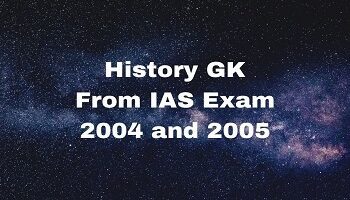
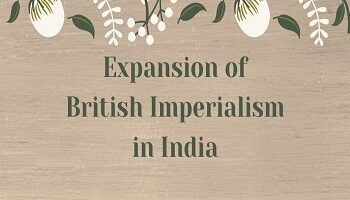


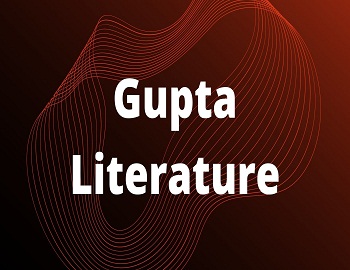
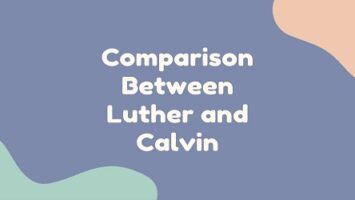
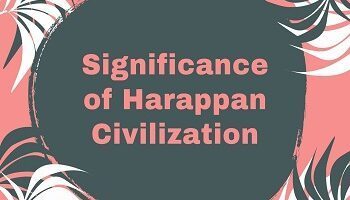

Comments (No)